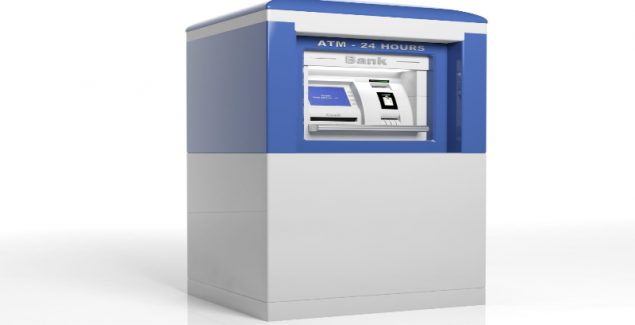The only available private exemption under Rule 4(2) of the 1933 Securities Act for many years was Rule 506(b). This rule does not permit the use of general advertising or general solicitation. However, it does permit as many as 35 non-accredited investors and allows issuers to rely on accredited investor self-certification to verify their accredited status.
The Jumpstart Our Business Startups Act of 2012 directed the SEC to create a private placement exemption that allowed general solicitation and general advertising – this resulted in the creation of Rule 506(c).
Self-Certification Under Rule 506(b)
Although Rule 506(c) is available to issuers to advertise their offerings, the Rule remains less popular than Rule 506(b) which forbids general solicitation and advertising. This is most likely because when it was initially put into effect, it included strict investor verification requirements which were too burdensome on many investors and issuers.
Because Rule 506(b) permits accredited investor self-certification, it is a less complex method. This is one reason why 506(b) remains the exemption of choice for the majority of small business issuers and real estate funds.
As of March 15, 2021, the investor verification requirements have been scaled back. Now, if the same investor investing again with the same issuer for which he/she originally obtained their accreditation letter, then that letter may be considered sufficient evidence of their accreditation status for that same issuer for a period of 5 years from the date their accreditation letter was issued. This modification frees up space for small businesses and real estate funds to raise capital through advertising private placements. The changes also make it easier for accredited investors to invest in the same deal investments under Rule 506(c).
When the SEC instituted Rule 506(c), it laid out a principle-based approach for determining the accredited status of an investor. This approach enables issuers to look at various factors when determining a reasonable verification method.
The modified rule does not affect the safe harbor process of verification. Investors are still required to provide tax returns, financial and brokerage statements, or else a broker-dealer, accountant, or other financial professionals must certify the investor’s accredited status.


